Top 7 Innovations in K-12 Education
Kitaboo on EdTech
FEBRUARY 12, 2019
That is how technological innovations made their way into classrooms; to help students develop a deeper understanding of subjects and improve the learning experience. Flipped Classroom Approach: Flipped classroom means a learning model where students go through their study materials at home and do their assignments in the classroom.


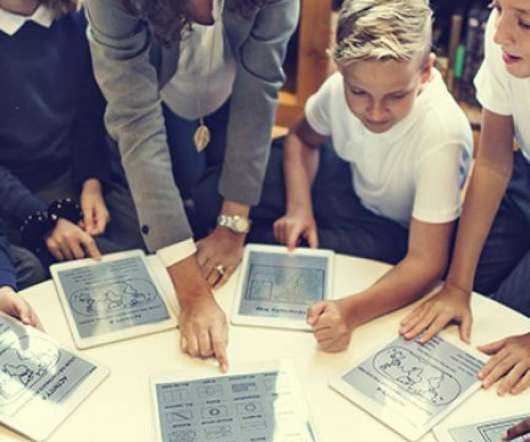
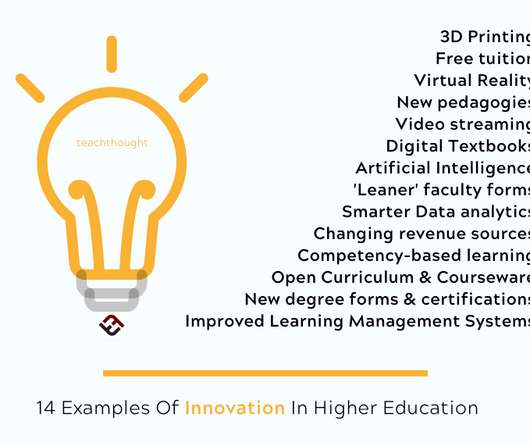


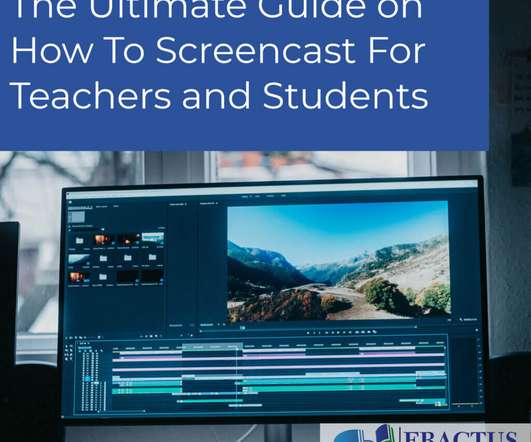








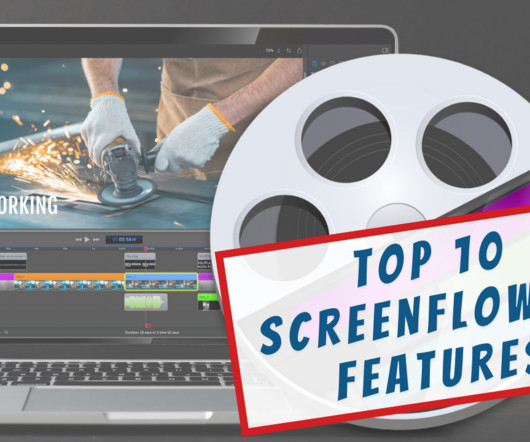
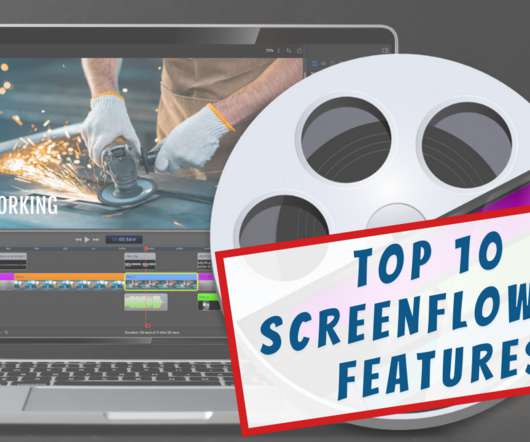


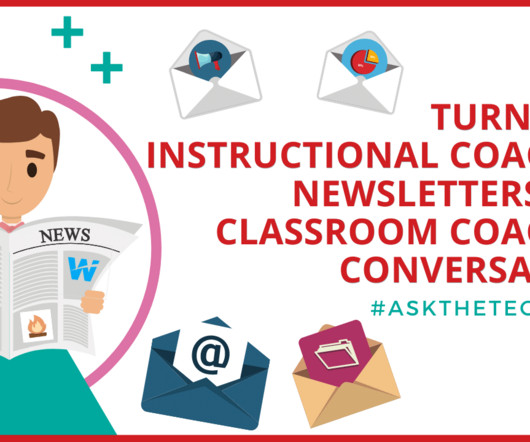




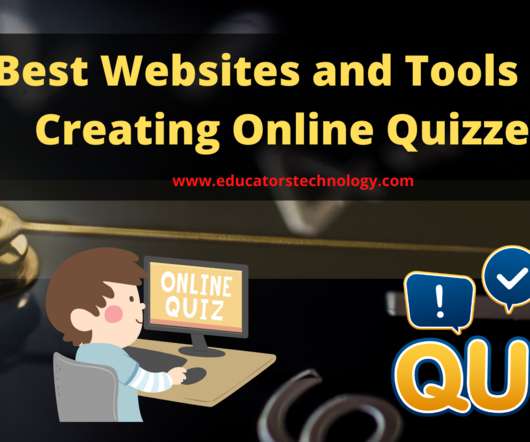










Let's personalize your content